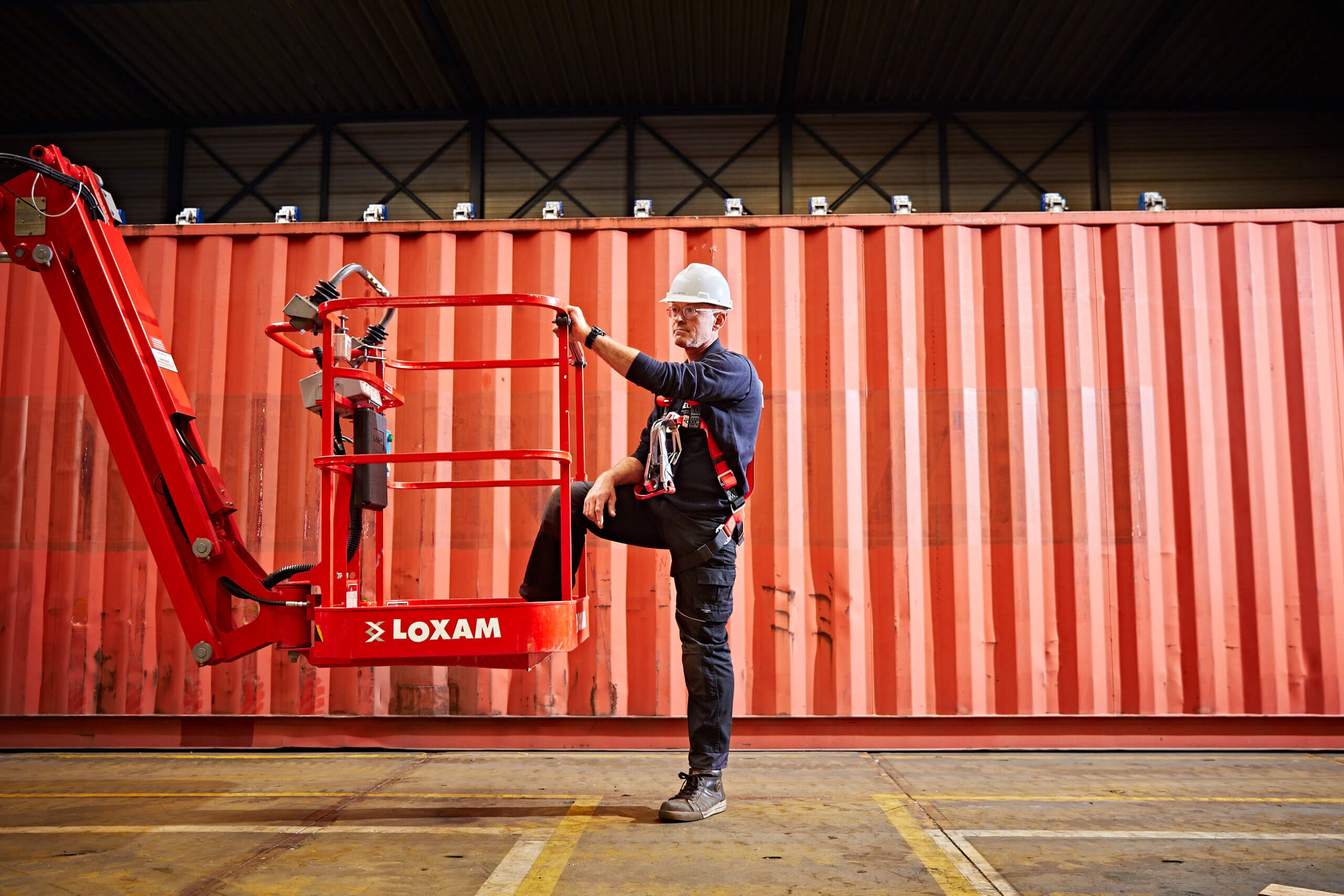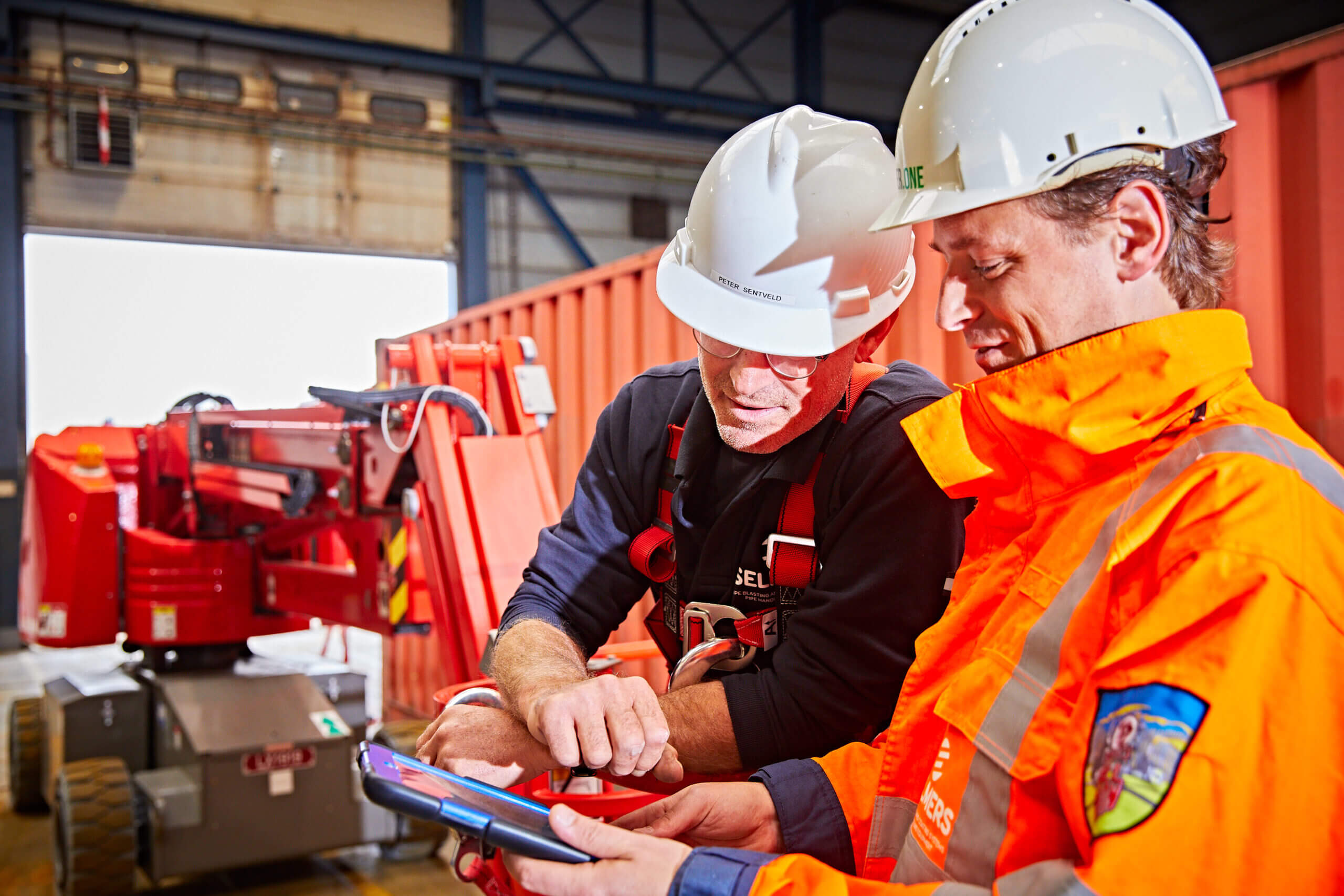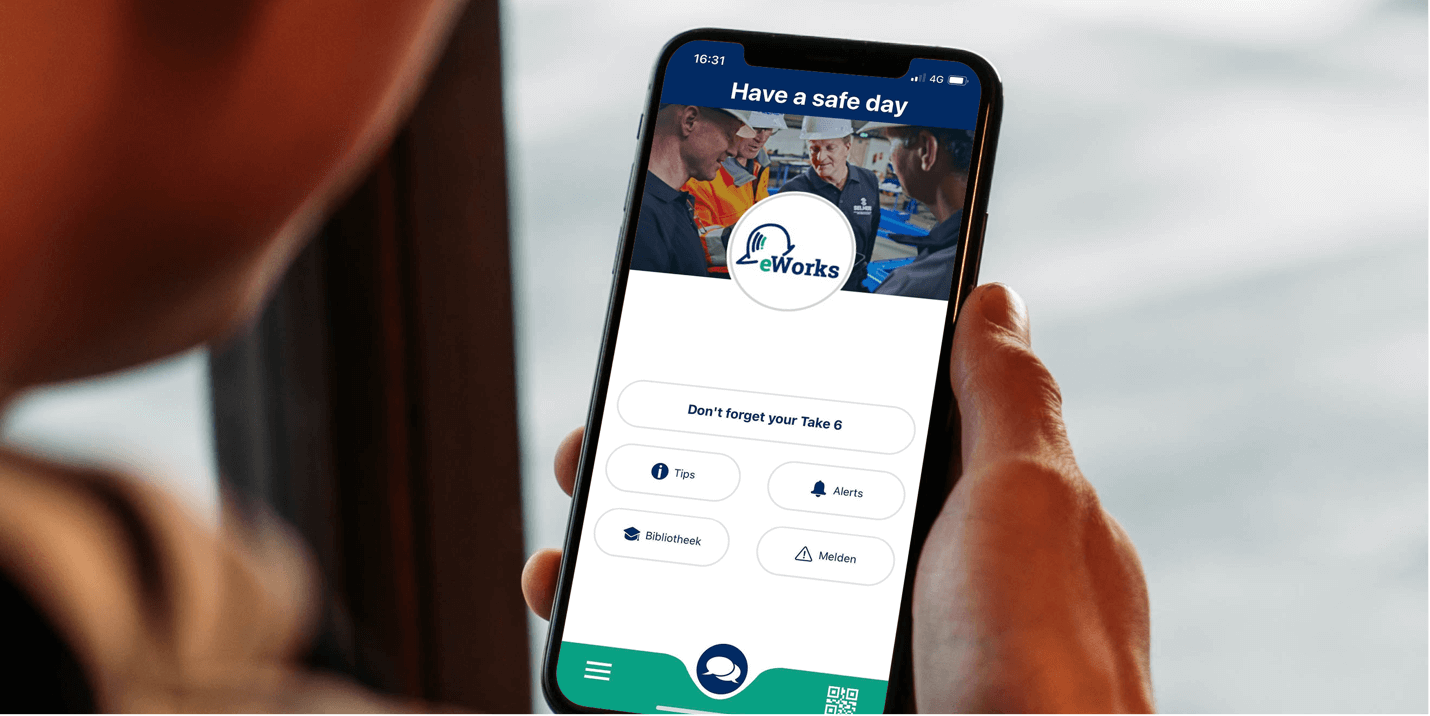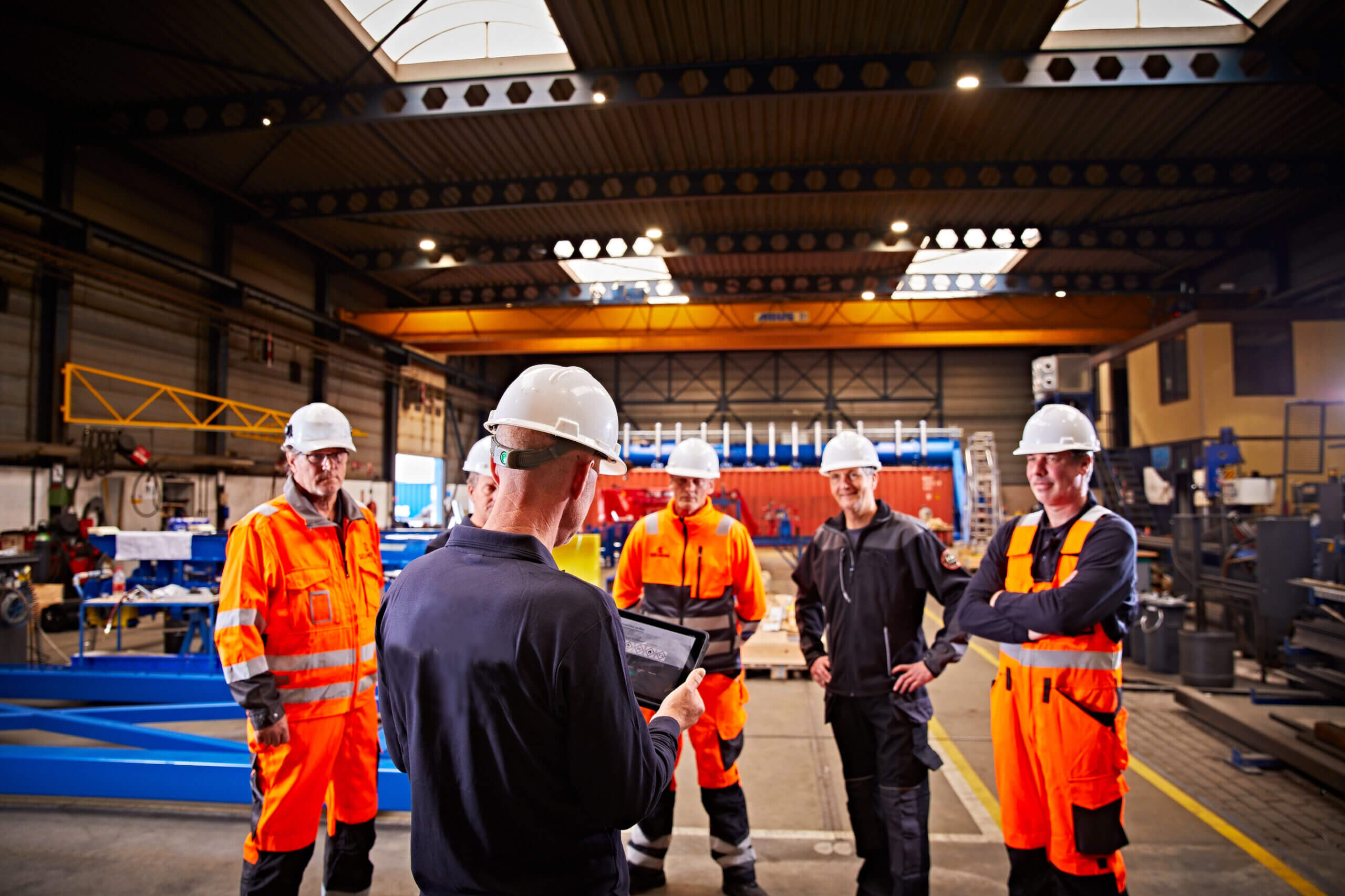From safety checklists to working safely
Toolbox meetings as a tool

Working safely is important. You know that and so do your colleagues. Nevertheless, we see that many companies mainly focus on ticking off a particular safety checklist to get their certification back in order. Yet, safety checklists are of little use if employees do not apply the knowledge behind them. How can you take that next step from ticking off checklists to truly working safely?
Why working safely is important
Accidents can happen at any time during the work day. Danger can lurk everywhere, especially in the workplace. For example, workers can fall through a roof, if they are not paying attention, or they can have an accident while walking around a warehouse. As a result, they may be unable to perform their job for an extended period of time and they may have a permanent injury.
Accidents are not the norm
Usually, the work day goes smoothly, without any accidents occurring. This is a good thing, but it can be a trap at the same time. The more often a wrong action goes right by luck, the greater the chance that employees will work unsafely.
Some safety regulations can be tedious, which makes people tempted to do what they need to do quickly without thinking about possible risks. For example, if you just want to ask someone at a construction site something, you may be less likely to put on a safety helmet. Nothing happened the previous times, did it? And putting on that helmet is a hassle.
It is precisely moments like these that lead to the greatest risks. A short moment of distraction can have far-reaching consequences.
Ticking off checklists for an inspection
Many companies want to tick off checklists to pass an inspection or a possible audit. To achieve this, they organize special courses and trainings to teach their employees the theory of working safely. The employees then get a certificate. This is important, of course, but in many cases employees already know the theoretical part. They have taken courses before, or learned about working safely during their training sessions.
The difference between knowing and doing
Knowing you should do something does not mean you will actually do it. For example, we know that regular exercise and getting enough sleep are good for us. However, we do not always apply this information to our daily lives. The same goes for our conduct in the workplace. Employees know what they should do to be safe, but they do not always behave in a manner conducive to working safely. Ticking off all the necessary checkboxes is therefore often not enough to create a safe workplace. That starts with awareness.
Toolbox meetings for increased awareness
In our toolbox library you will find more than 80 ready-to-use toolbox meeting plans with a focus on awareness. They will help your colleagues become more aware of unsafe situations, but also of where the possible bottlenecks are.
For example, why do employees not implement certain safety requirements properly, and what can the company itself do to facilitate safe work practices? By starting the conversation with each other, you are already making a good, first step.


Make incident reporting easy
Awareness begins with recognizing hazards. Therefore, it is important that incidents are reported. This allows employees to see which type of incidents are occurring and recognize a potential risk more quickly.
Incident reporting should not be too complicated. The more steps employees have to take to report an incident, the more likely they are not to do it. With the DareToCare app, reporting incidents is very easy. Uploading a photo with a small note is all it takes. This way, all employees know where the incident occurred and can discuss it during their toolbox meeting.
Ready to move from checklists to safety?
Are you ready to make the move from simply ticking off checklists to working safely? Schedule an appointment with us for a free consulting session.

